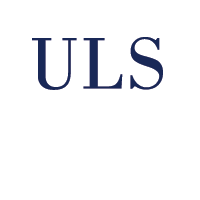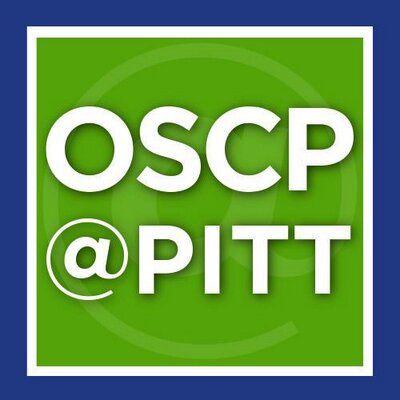Weinstein, Aliyah M
(2018)
IL-36 gamma promotes anti-tumor immunity through therapeutic induction of tumor-associated tertiary lymphoid structures.
Doctoral Dissertation, University of Pittsburgh.
(Unpublished)
Abstract
The last decade has advanced our understanding of the composition of the tumor-immune microenvironment and its role as a potential target for therapeutic intervention. Recently, tertiary lymphoid structures have been observed to develop in the tumor microenvironment and serve as a positive prognostic marker in many types of solid tumors. The major signals that control tertiary lymphoid organogenesis are the same as those that direct the development of secondary lymphoid organs. Tertiary lymphoid structures are classically characterized by high endothelial venules, which serve to recruit T cells, dendritic cells, and B cells to sites of persistent inflammation and locally prime T cells against tumor-derived antigens. Our group has long been interested in understanding whether tertiary lymphoid structures can be therapeutically induced to form within the tumor microenvironment and induce a protective anti-tumor immune response. In previous studies, we characterized dendritic cells engineered to overexpress the Type-1 transactivator Tbet (i.e. DC.Tbet) and showed that they are able to delay tumor progression following intratumoral injection in a murine model of sarcoma. In this work, I show that the effector molecule responsible for the therapeutic efficacy of DC.Tbet is IL-36 gamma. Dendritic cells engineered to ectopically overexpress IL-36 gamma and injected intratumorally into the murine MC38 model of colorectal carcinoma can direct the same magnitude of immune response as DC.Tbet therapy, even in the absence of Tbet expression by the injected cells. IL-36 gamma drives intratumoral expression of lymphotoxins and chemokines that direct tertiary lymphoid organogenesis, and promotes an intratumoral Type-1 immune response in conjunction with delayed tumor progression. Finally, I evaluated the expression pattern of IL-36 gamma in human colorectal cancer. I show that within the immune compartment, expression of IL-36 gamma by M1 macrophages is positively correlated with a high CD4+ central memory T cell infiltrate into those tumors; and that IL-36 gamma expression on the tumor vasculature is associated with an increased density of B cells within tumor-associated tertiary lymphoid structures. Together, these data support IL-36 gamma as a novel mediator of anti-tumor immunity and its further investigation as a therapeutic agent to enhance protective Type-1 immune responses in the tumor microenvironment.
Share
| Citation/Export: |
|
| Social Networking: |
|
Details
| Item Type: |
University of Pittsburgh ETD
|
| Status: |
Unpublished |
| Creators/Authors: |
|
| ETD Committee: |
|
| Date: |
25 April 2018 |
| Date Type: |
Publication |
| Defense Date: |
16 March 2018 |
| Approval Date: |
25 April 2018 |
| Submission Date: |
20 April 2018 |
| Access Restriction: |
2 year -- Restrict access to University of Pittsburgh for a period of 2 years. |
| Number of Pages: |
219 |
| Institution: |
University of Pittsburgh |
| Schools and Programs: |
School of Medicine > Immunology |
| Degree: |
PhD - Doctor of Philosophy |
| Thesis Type: |
Doctoral Dissertation |
| Refereed: |
Yes |
| Uncontrolled Keywords: |
dendritic cells, tumor, immunotherapy, tertiary lymphoid structure, Tbet, Interleukin (IL)-36 gamma |
| Date Deposited: |
25 Apr 2018 13:09 |
| Last Modified: |
25 Apr 2020 05:15 |
| URI: |
http://d-scholarship.pitt.edu/id/eprint/34357 |
Metrics
Monthly Views for the past 3 years
Plum Analytics
Actions (login required)
 |
View Item |








